What Alessi's Tea And Coffee Piazzas Can Teach Us About Narrative Design
If Those Lips Could Talk...
Human hands, cast in silver, reach from nowhere—fingers curling around a perfectly polished rectangular tray. Perched atop: a curious family of objects, seemingly in conversation. Each piece has its own fantastical personality. Their sleek surfaces contrast with richly detailed ornamentation—a round lidded bowl with ears, strands of hair braided into handles, the pucker of lips sealing each cylindrical pot. If those lips could talk, what would they say?
They would speak of play and whimsy and the magic that comes with a specific type of collaboration—one that balances structure and looseness, art and industry. They would speak of imagination and the fun that ensues when big people (famous architects), who are used to making big things (buildings), make something small and delightfully frivolous. Domestic, everyday objects. They would speak of design for design's sake—of reverence for the everyday and the rituals that anchor us. They'd tell us to pay attention because this is luxury done exceptionally well.
THE INTERSECTION OF INDUSTRY AND ART
In 1979, Italian steel manufacturer Alessi commissioned eleven architects—many of whom were defining voices in the emerging Postmodern movement—to design a tea and coffee service, cheekily titled Coffee and Tea Piazzas. Each set included a coffee pot, teapot, creamer, sugar bowl, and tray. They were meant to function as intended (but with some that is dubious). Beyond that? Pure creative freedom.
With plenty of technical support and few restrictions, the architects ran wild. Some designs veered into the surreal; others maintained a sophisticated restraint. Every set became a visual thesis—an expression of postmodern ideals and the designer's own architectural tendencies.
The roster included Michael Graves, Hans Hollein, Charles Jencks, Aldo Rossi, Robert Venturi, Stanley Tigerman, Paolo Portoghesi, Oscar Tusquets, Alessandro Mendini, Richard Meier, and Kazumasa Yamashita—some of the most celebrated architects of their time. The results were cast in sterling silver in a limited run of 99 sets, released in 1983.
This project, radical in both concept and execution, teaches us something profound about the relationship between industry and art. Widely regarded as one of the most innovative and influential manufacturers of household objects, Alessi, founded in 1921, has always lived on the edge between functionality and fantasy, mass production and artistic experimentation. These piazzas serve as a case study for how industry can embrace art without compromise and the magic that ensues.
PRODUCT WITH PERSONALITY
These commissions reveal both the range and possibilities of postmodern design. Postmodernism emerged in the late 20th century as a reaction against modernism's strict rules, uniformity, and minimalism. While modernism insisted "form follows function," postmodernism invited irony, eclecticism, and expressiveness back into the conversation. The coffee and tea piazzas developed from the unique personalities of each designer and captured their shared interest in ornamentation and reference to architectural design and tradition. The result is playful postmodernism at its best. Architecturally oriented design for every day with a heavy dose of whimsy.
Some, like the sets by Michael Graves or Charles Jencks, embrace a historical pastiche. Both reference neoclassical designs using columns, but in distinct forms. Graves’ fluted, boxy components have deep ridges and sharp corners. There is a satisfying sense of weight that is softened by playful blue knobs and curving cream handles. Jencks, in contrast, crafts a romantic tableau with gentle curves, subtle spirals, and ram's head motifs. His set evokes historical nostalgia.
Others explore different forms of postmodern expression. Meier and Yamashita's sets are modular and geometric; Venturi, Mendini, and Tusquets lean into voluptuous curves. Some embrace representations like Hollein’s tray, which resembles an aircraft carrier, or Mendini’s coffee pot, which is shaped like an egg. And yet, viewed together, the piazzas form a unified whole. They speak a shared language—bold, irreverent, distinctly postmodern—and Tigerman’s set, complete with literal lips, feels like their mouthpiece.
LUXURY AS A STORY
The piazzas could not be economically brought into production. Each set, a jewel box of silver, was priced at a level most consumers could only dream of—between $12,250 and $60,000, according to a 2003 New York Times article1. At the time of the article, many remained unsold. But profit was not the point. Alessi was trying to turn mass production into mass personalization. To infuse product design with personality.
"What we are doing is a research lab in design," said Mr. Alessi, ever the romantic. "Once in a while, we need a bigger experiment where results are unforeseeable. That doesn't make me a good businessman." I would disagree with the last part. Alessi understood something vital about luxury and the importance of experimentation— how art elevates everything it touches and how luxury is found by seeking a story.
Alessi understood that profit sometimes had to be put aside in the quest for innovative design. Many businesses have done this to their detriment, but Alessi made it work, as evidenced by their 100+ years of operation. While they never made a profit on the piazza commissions, and they likely lost money, they later created several spin-off products based on the original piazzas that are still in production today.
What Alessi did was to create a sense of awe and wonder at exorbitantly expensive tea and coffee services. Their high price tag and limited run made them inaccessible to most, but people still wanted to be a part of the story. So, they created a way for consumers to join the narrative. For $200, you can boil your tea with a teakettle designed by Michael Graves. For $380, you can bring Aldo Rossi into your home. These are high prices for everyday objects, luxury prices, but not unattainable. For someone who cares deeply about design, it costs a couple of hundred dollars to own a piece of art history.
EMBRACE NARRATIVE DESIGN
These 1980s commissions are rich examples of narrative design—products that don’t just perform a task but tell a story. Alessi leans into that ethos, creating products that invite interpretation and engagement.
The act of asking, "Why does this look like that?" is part of the experience. This is an intentional opportunity for the user to think about how design enhances our everyday experiences. Narrative design turns products into conversation pieces and bridges the gap between designer and user.
Narrative design embraces the postmodern notion that objects are meant to entertain, not just to serve. Even when (and sometimes because) the design is impractical, it offers delight. In postmodern design, user experience becomes performative. Objects aren't only practical; their use is dramatic, surprising, and sometimes humorous. This approach breaks from the cold modernist idea that form should be invisible and purely in service to function. Instead, these tea and coffee services are designed to celebrate the act of consumption with wit and irony. They encourage the user to engage emotionally and invite playful expression into routines.
Despite their sleek silver surfaces, each piazza feels especially alive, human, and emotional. This is what makes them extraordinary. There is something deeply moving about an everyday object made beautifully, especially when it carries a sense of play. And for someone like me—someone who has always been enamored with the intersection of art and design—this approach feels essential. Alessi understands this. They understand that the things we touch daily can bring us joy, remind us to be curious, and turn a daily ritual into something magical. They understand that collaboration and personality are not antithetical to functionality—that they are what make design come alive.
In recent news… Loewe Teapots, an exhibition of 25 teapots, was presented at Salone del Mobile and captures the ethos of what Alessi began almost 50 years ago. There were many gorgeous teapots, but Laia Arqueros Claramunt’s was my favorite because it captures that concept of narrative design.
And while we are on the topic of tea, we have the cutest teacup and saucer set in our Ribbon Dinner Collection at LES. Our artist Gianfranco Briceño captures them so beautifully in his studio:
I use them daily. Last weekend, with a side of matzah brei, my favorite comfort food:
That’s all for today! Thanks for reading!
If you liked this, please share it with a friend, leave a comment, and subscribe! For more creativity, you can follow us on IG and explore years of art and design articles on the LES Journal
Keep Reading:
What I Learned From Elsa Schiaparelli About Art and Marketing
Looking at a watercolor feels like gazing into a dream—soft, fluid, and endlessly captivating. The way the colors mute, blend, and bleed creates a kind of magic. When juxtaposed against the crisp precision of a line drawing, a narrative unfolds, taking shape and meaning, though ambiguous enough to leave space for imagination. There's a sense of childlik…
Is It Impossible To Design An Authentic Home?
How do we create a home that feels like an authentic reflection of who we are inside? Asking for a friend. J.K.—asking for myself. It's a deep insecurity of mine that my home doesn't feel like an actual portal into the depths of my soul. Facilitating authentic design is, after all, what I do for a living. Our mission at
The Secret Nature of Art
The Erbario Manuscript is a 15th-century herbal that unfolds like a fairytale. The illustrations evoke fact and fantasy, melding harmoniously into something surreal but grounded. Like the scent of damp earth in the spring, these botanical paintings have lingered, burrowing their way into the creative consciousness and taking root. They tell a story that…
https://www.nytimes.com/2003/03/27/garden/from-alessi-a-second-chance-to-buy-a-50000-teapot.html





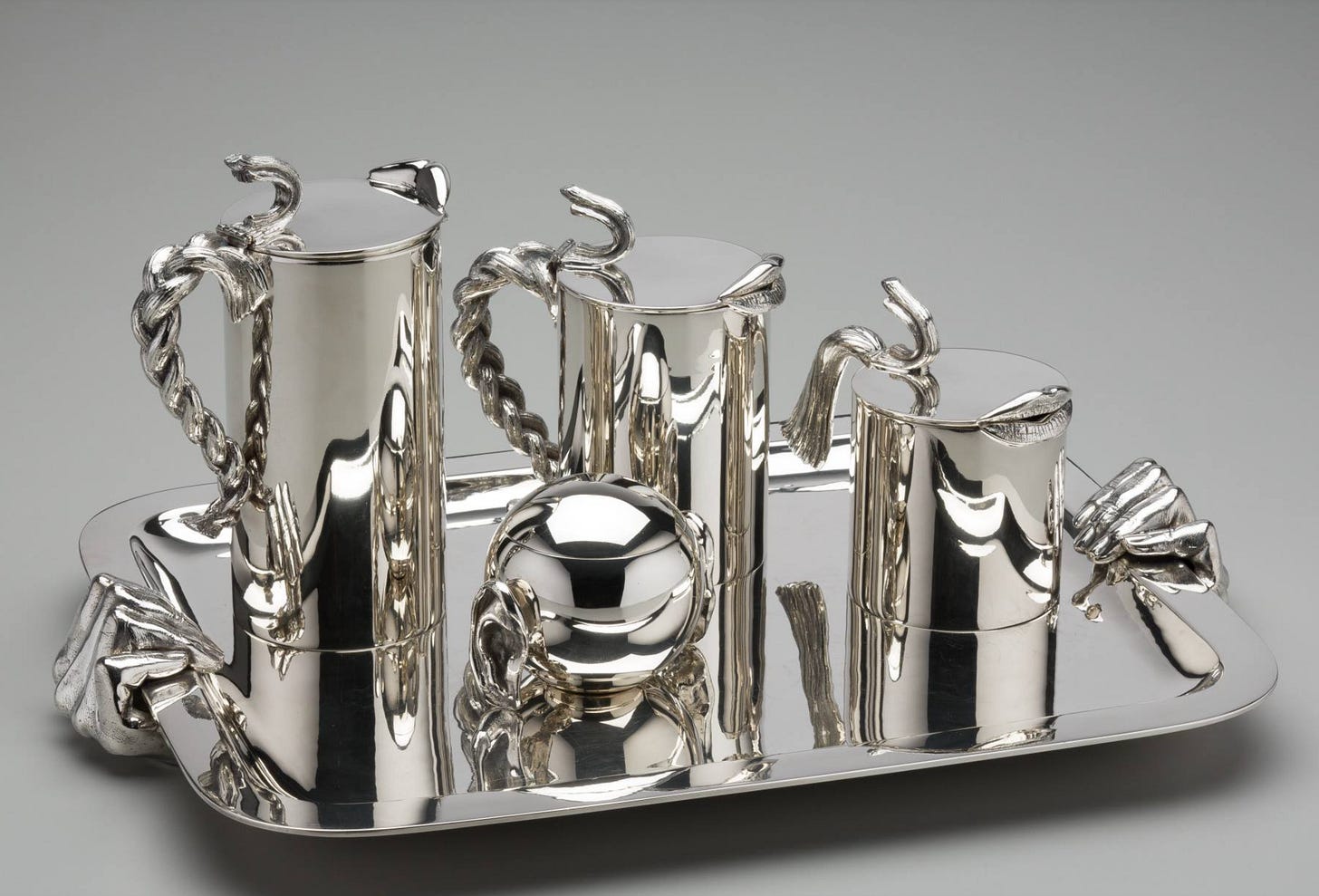
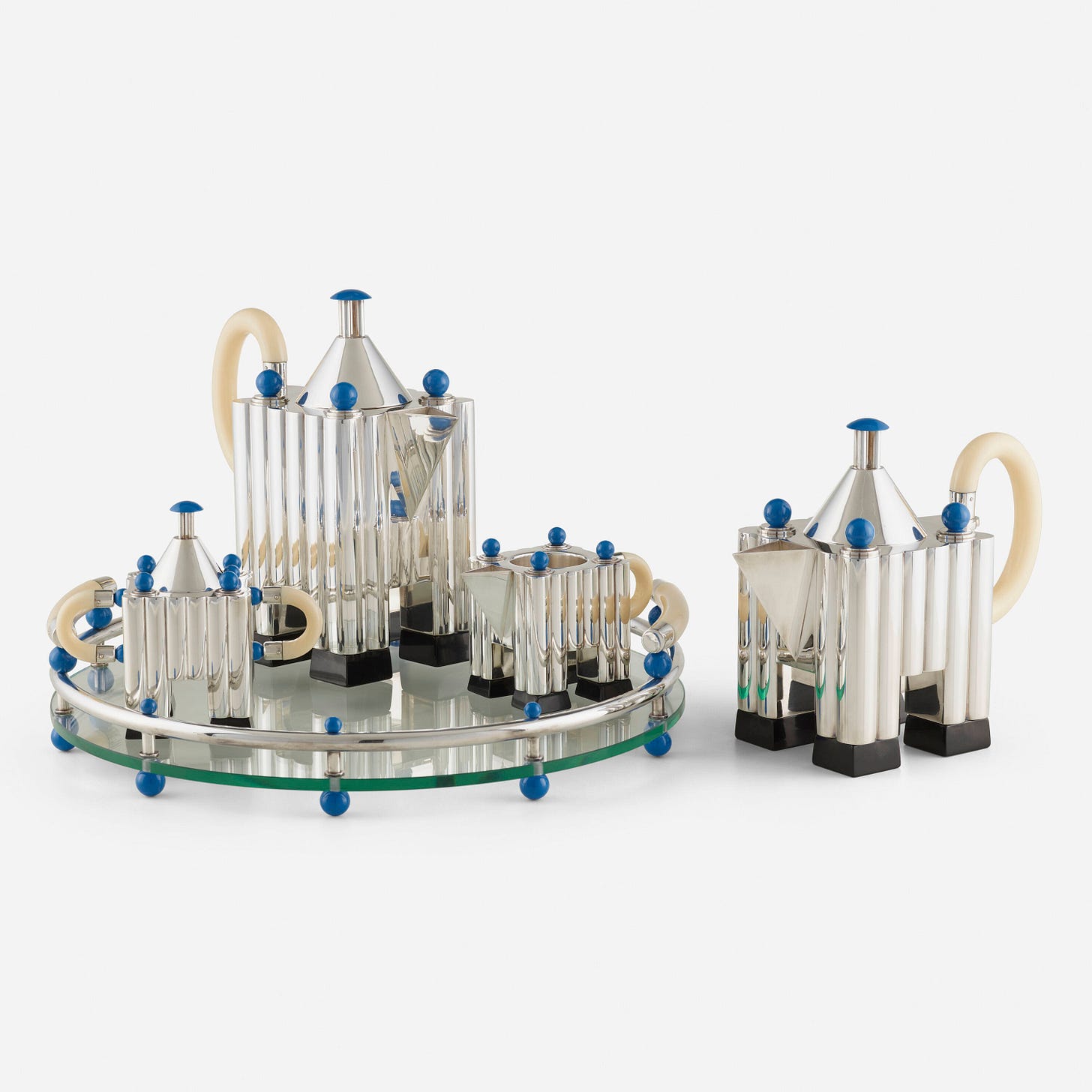


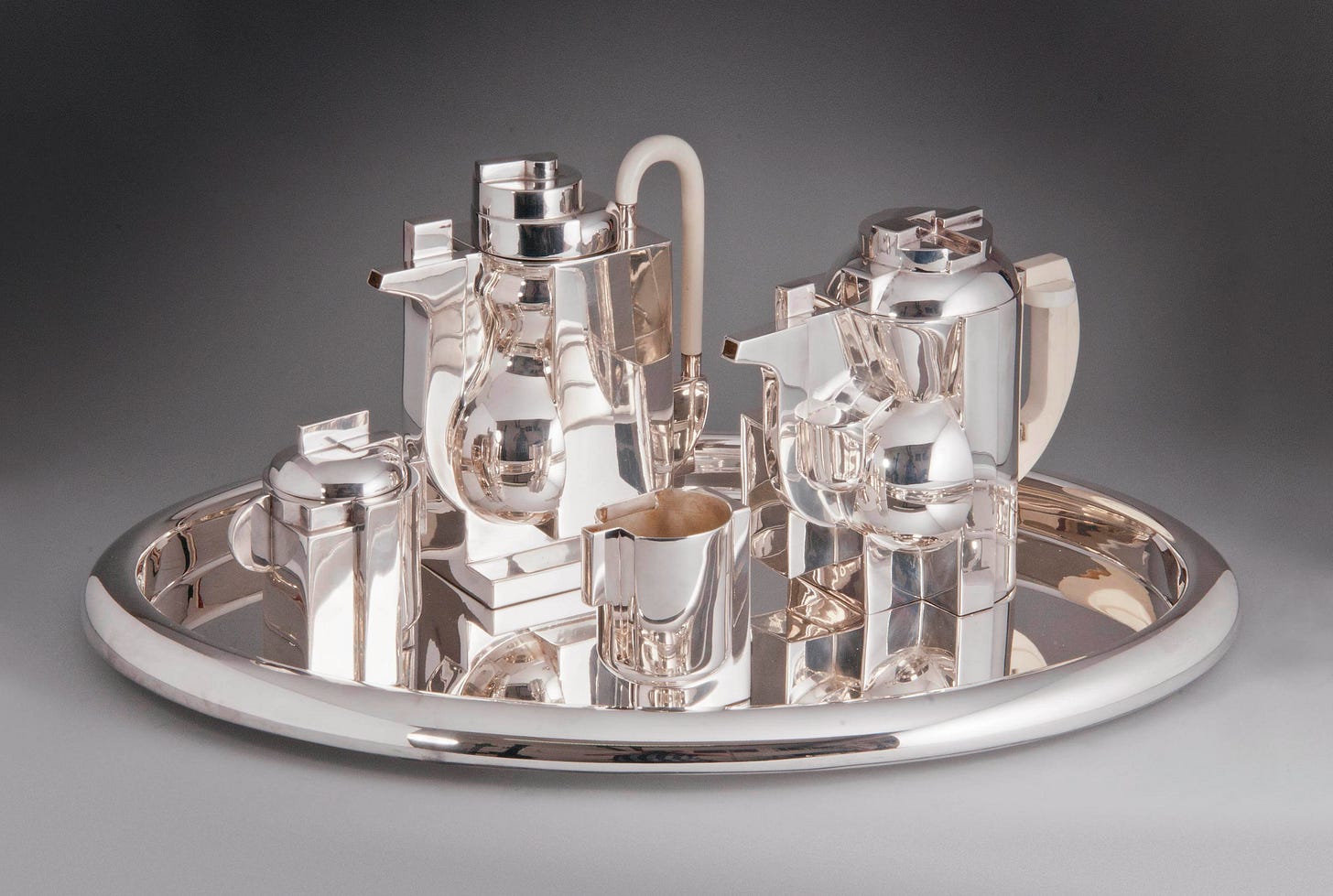
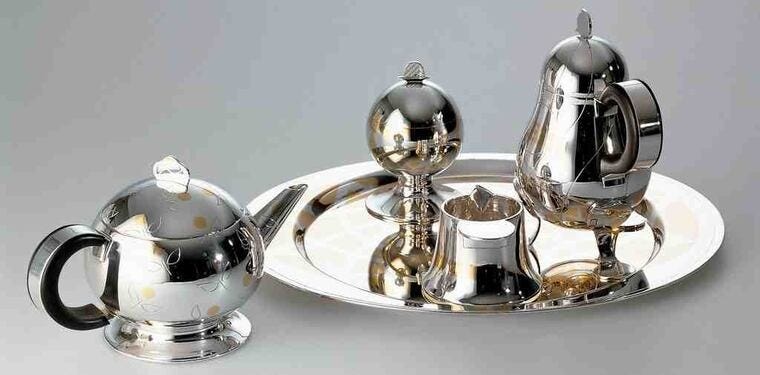
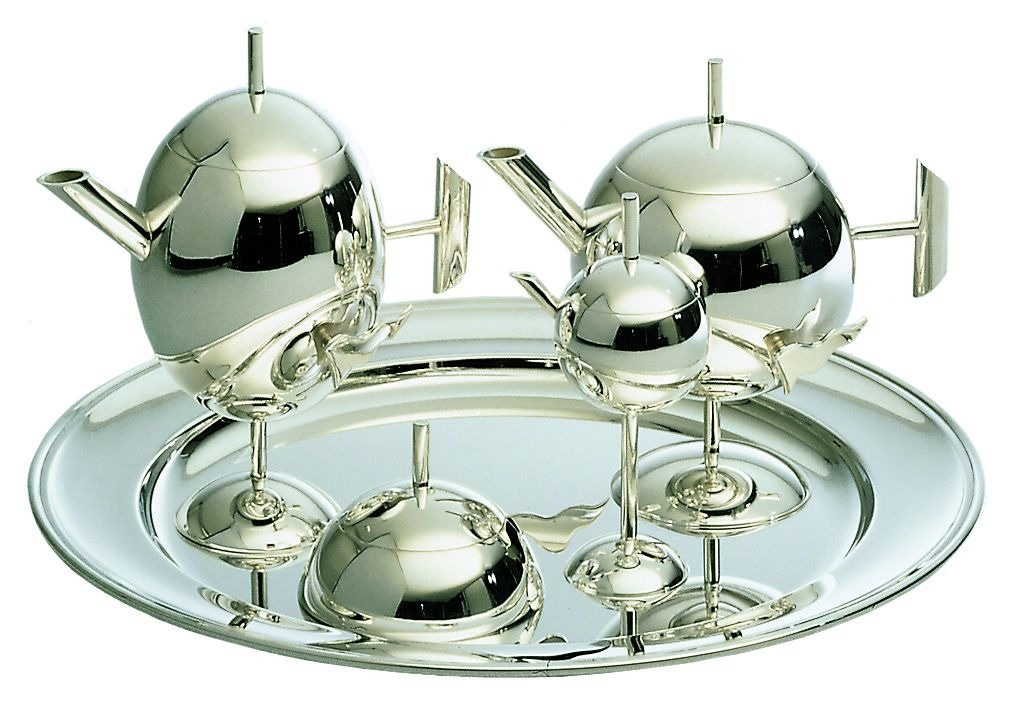
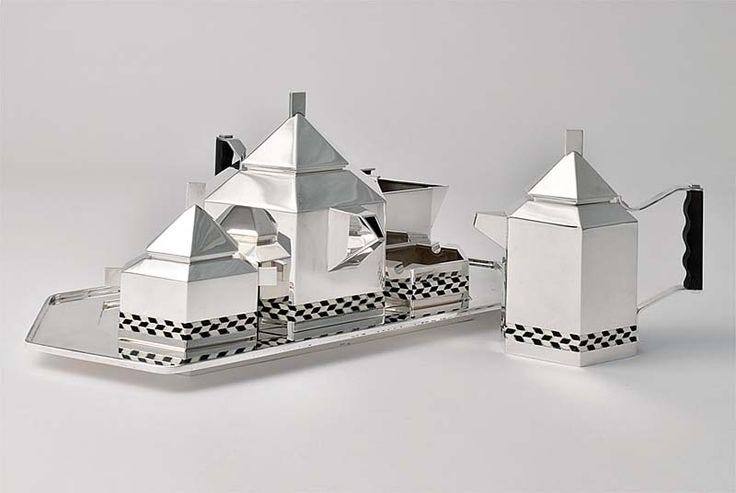

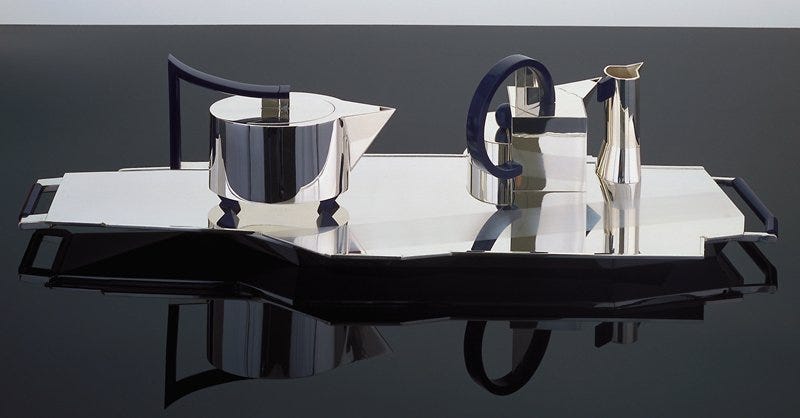

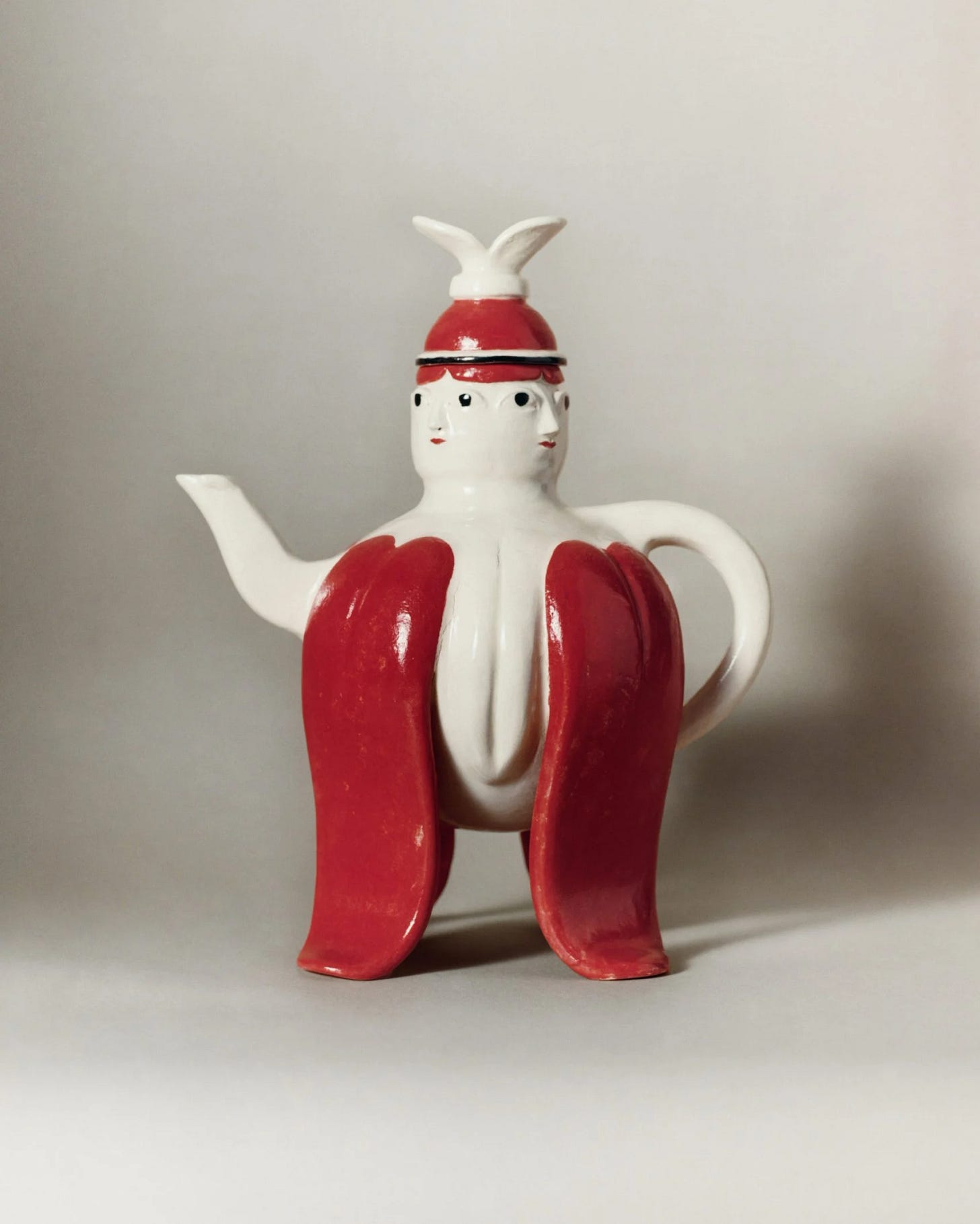
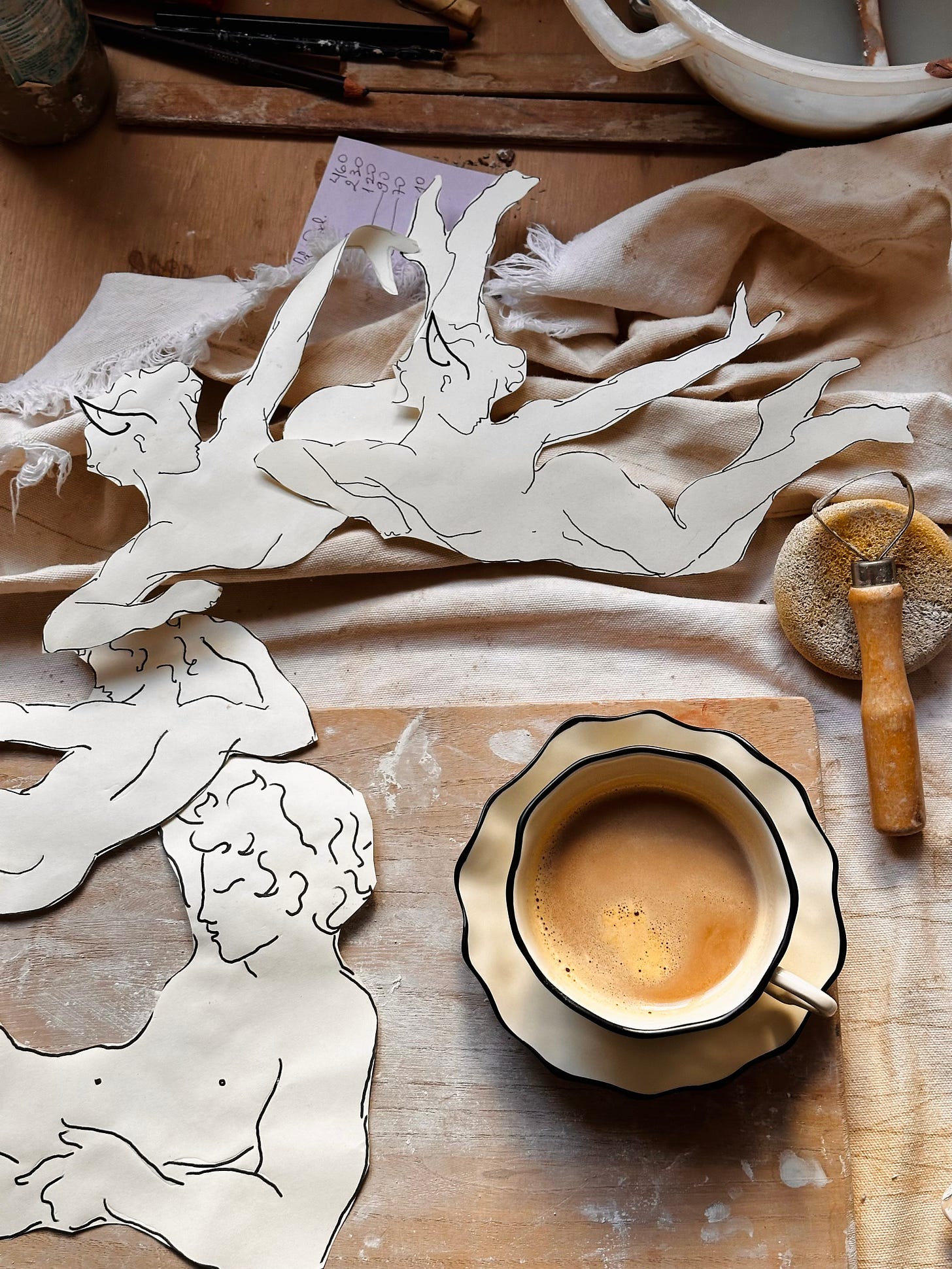
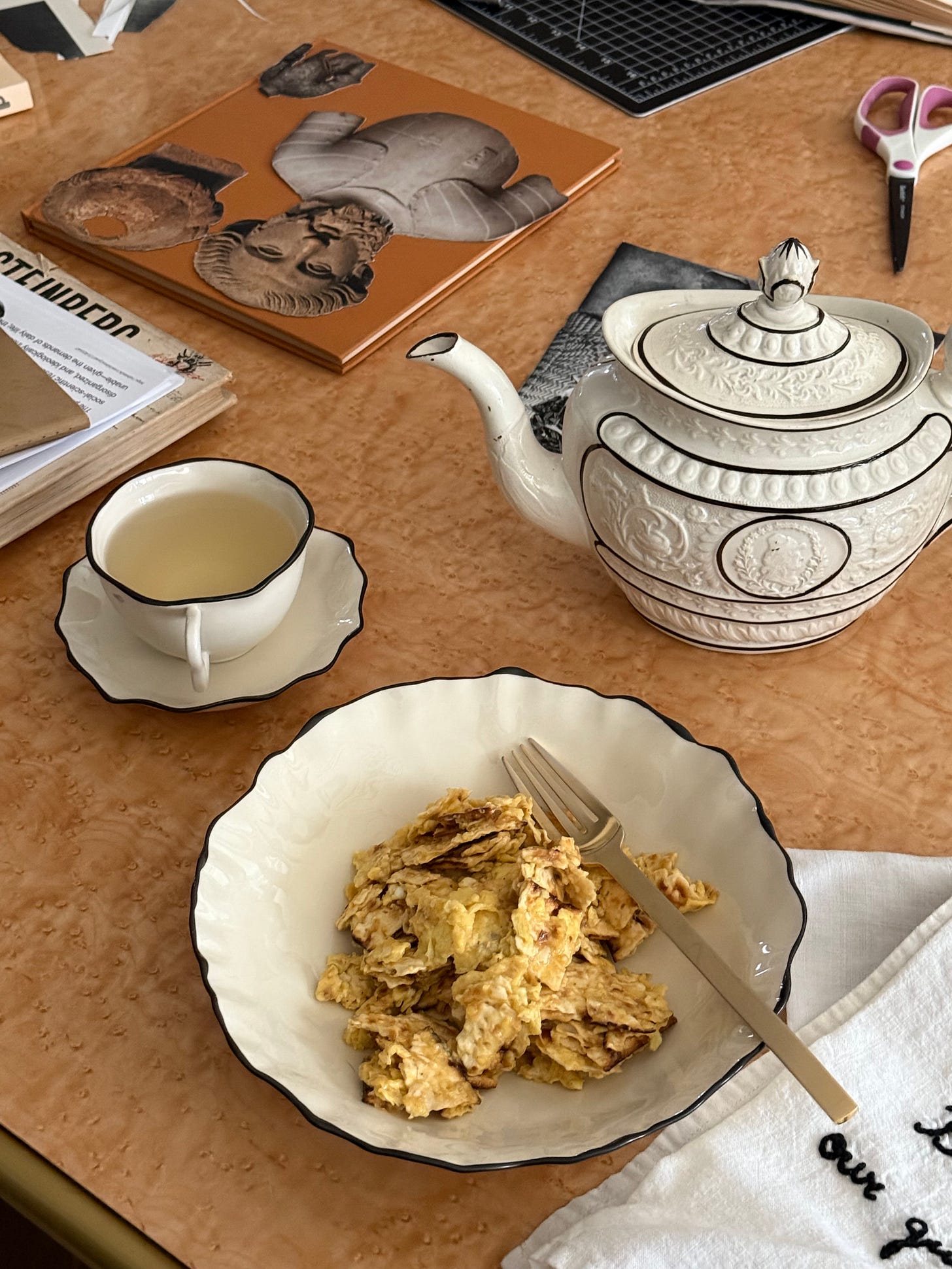



Loved it!
Such a great take! I also had no idea Loewe did a teapot series, and as someone who drinks tea literally all day long, I'm obsessed. Using a beautiful tea vessel makes such a simple daily act feel special. Thank you for sharing!